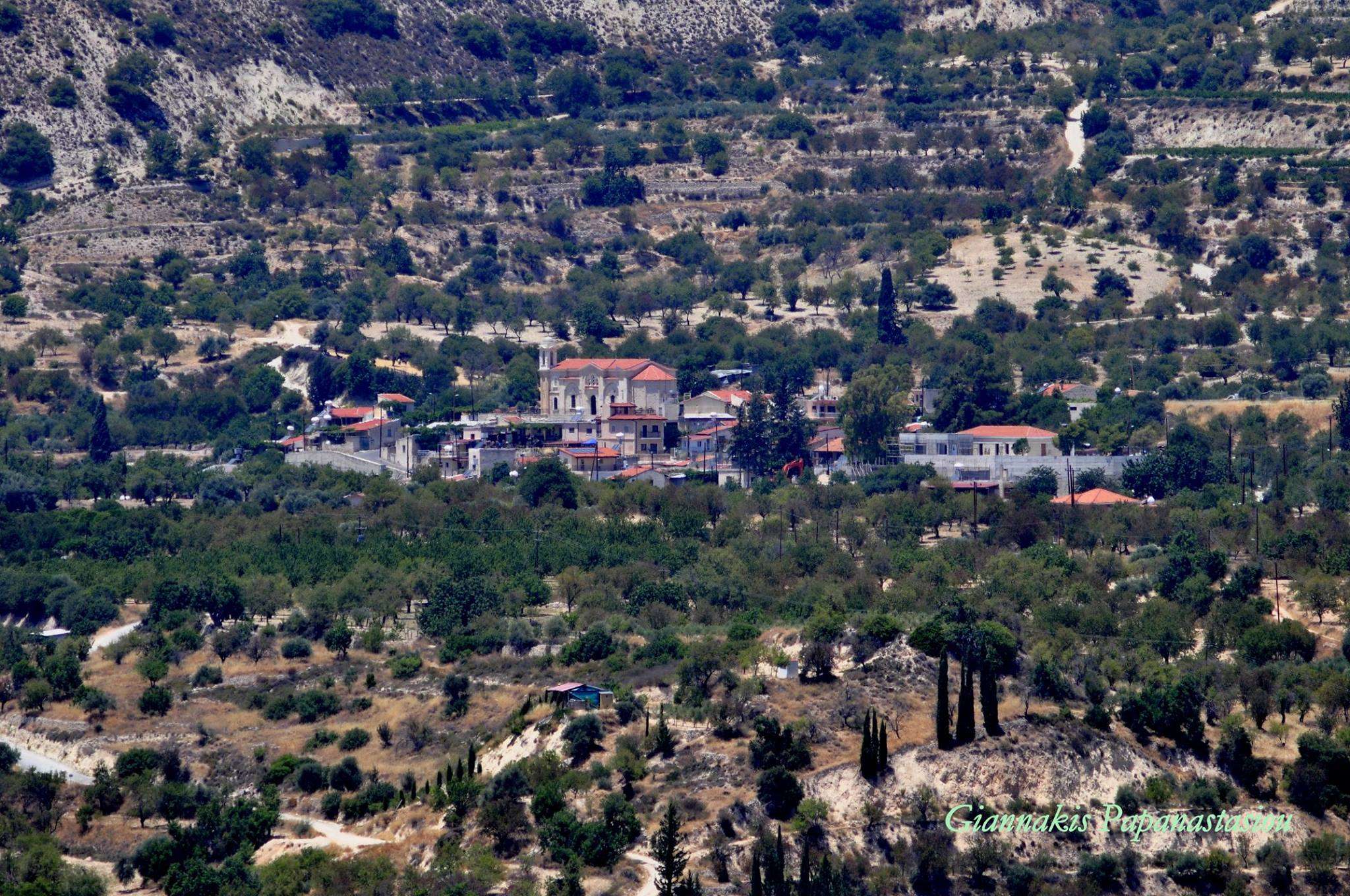Limnatis
With the beautiful almond trees
Limnatis is a village in Limassol that is about 20km from the city of Limassol. The community is made up by Pano and Kato Limnati and Pera Gitonia and it is built at an average altitude of 480 metres.
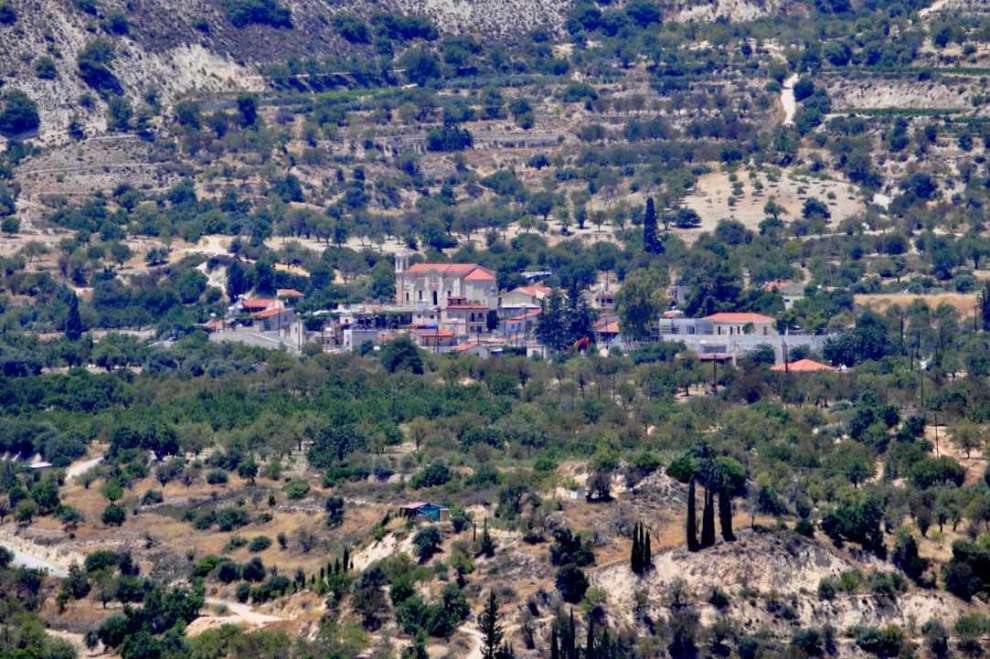
Historical data:
Limnatis is mentioned under the same name during the both the Frankish and the Venetian times. On the map of A. Ortelious of 1573 there are two neighboring settlements, one named Limnatis and the other named Limnati. These two names possibly refer to Pano and Kato Limnati.
Limnatis is a village with ancient history. The oldest traces of human presence in this place date back to the classical era (500 - 323 BC). Graves of this era and the Hellenistic era have been found at the site of Kokkinokampos.
The separation in Pano and Kato Limnatis today does not exist. It seems that the two settlements had collapsed during the Ottoman domination.
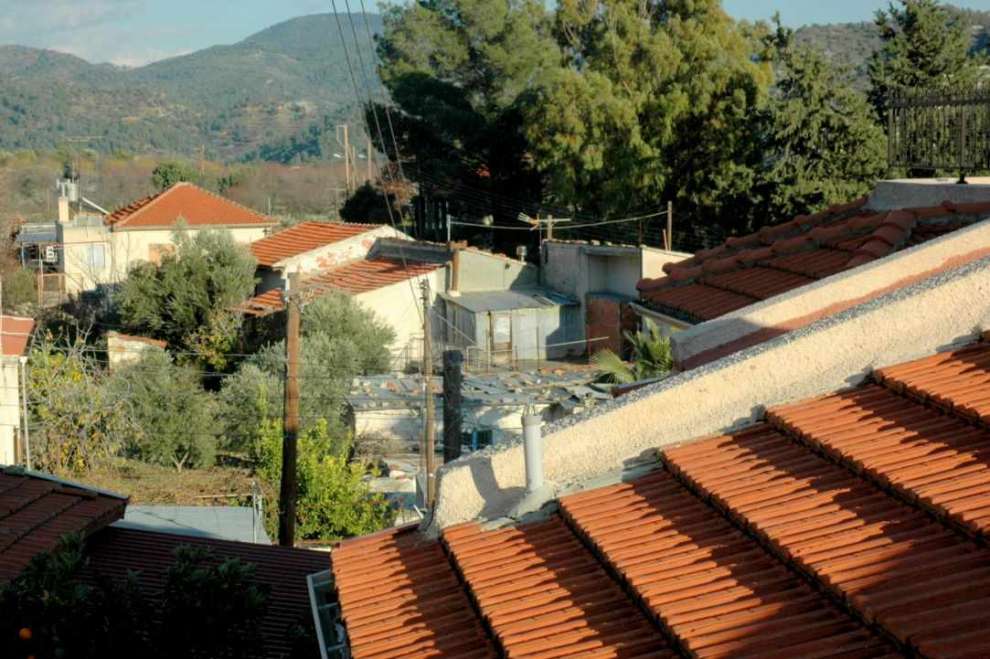
The name of the village:
The name of Limnatis seems to have come from the word Limni (meaning Lake), due to the large number of lakes that existed in the area. This Greek name indicates that the settlement probably existed in the Byzantine period.
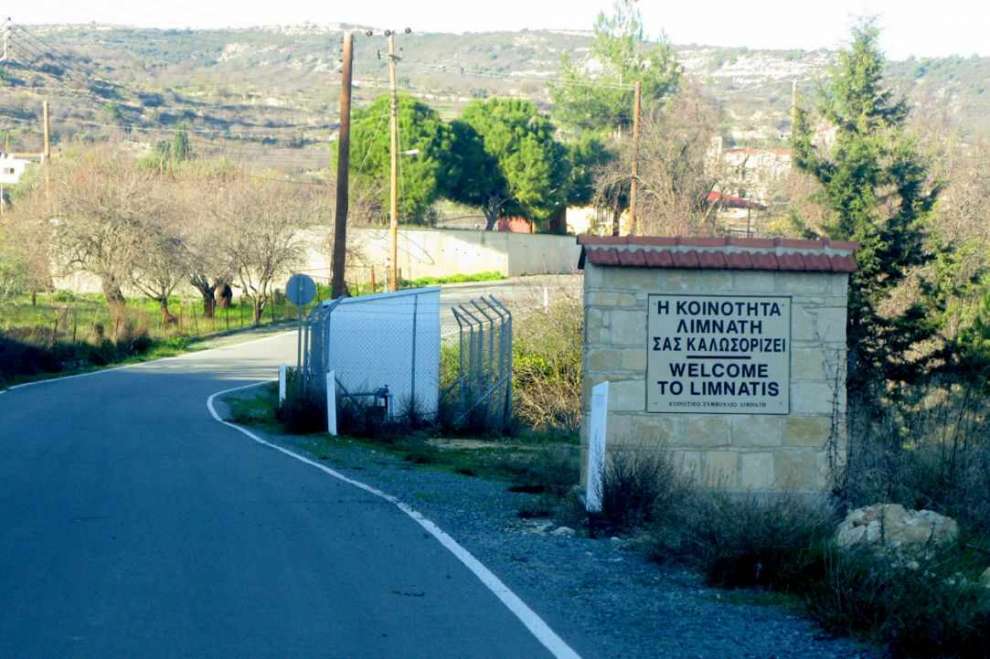
Churches and Attractions:
Taking a walk in the village, you will see two churches. The Church of the Metamorphosis of the Savior built in the 18th century and the church of Timios Prodromos, which the date it was built remains unknown, it is assumed that it has to be built sometime in the 16th to the 17th century.
Additionally, in the village of Limnatis there is a large number of chapels such as, the chapel of Agia Paraskevi which is located to the northeast of the village, the chapel of Agios Mamas which is built under a century-old turpentine tree, the chapel of Saint Epiphanios which is located northeast of the village, the chapel of Agios Nikolaos, Agios Georgios, Agios Ilias, Agia Thekla, Agia Marina and Agios Konstantinos and Eleni.
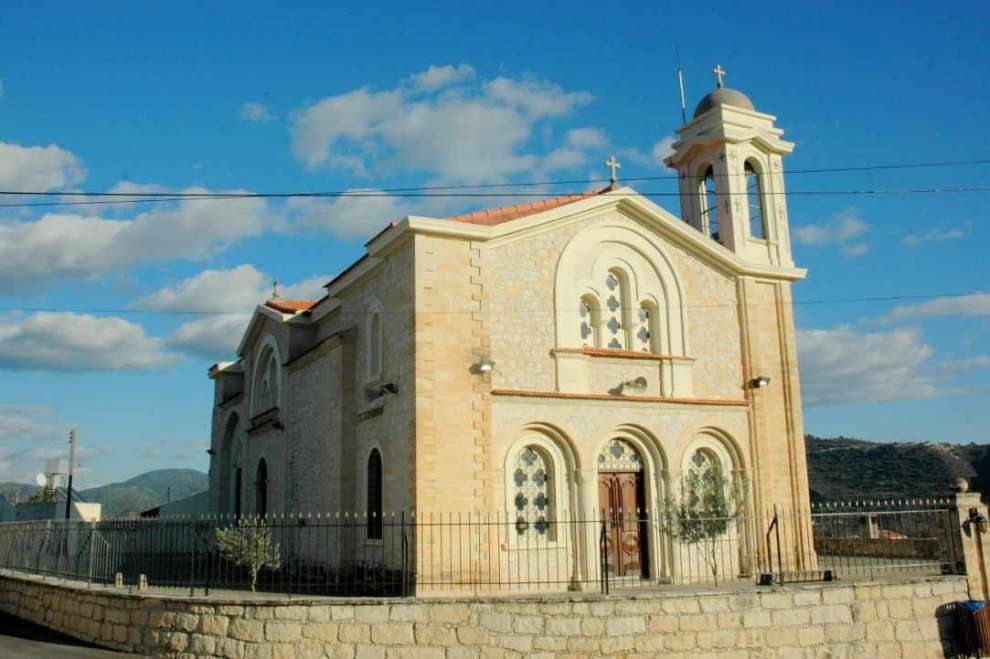
To the northeast of Limnatis there is a small vaulted church dedicated to Saint Epiphany, which is semi-insulated and has remarkable frescoes of the 15th and 16th centuries.
Also in Limnatis there is a beautiful paved park, from which one can enjoy the view of Kato Chorio towards the north and the green environment created by fruit gardens towards the south.
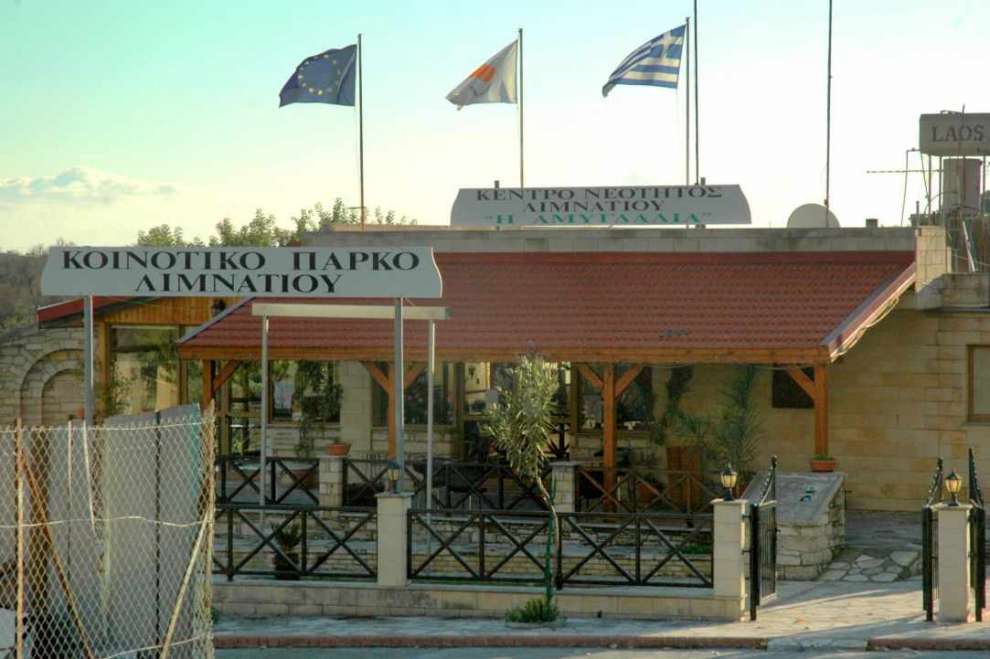
In the northwest of the village there are the statues of Dimitris Charalambous and Vassilis Alexandros, the two heroes of the community who fell battling in the EOKA Struggle 1955-59 against the English.
Additionally in Limnatis you will see the “Gerovrysi”, an age-long turpentine tree that is a trademark of the community of about 600 years old and the Limnati Museum, owned by Mr. Christos Limnatitis. Mr. Christos, about 20 years ago, began collecting several old agricultural tools, which he placed in his home, and so the Museum began to be created.
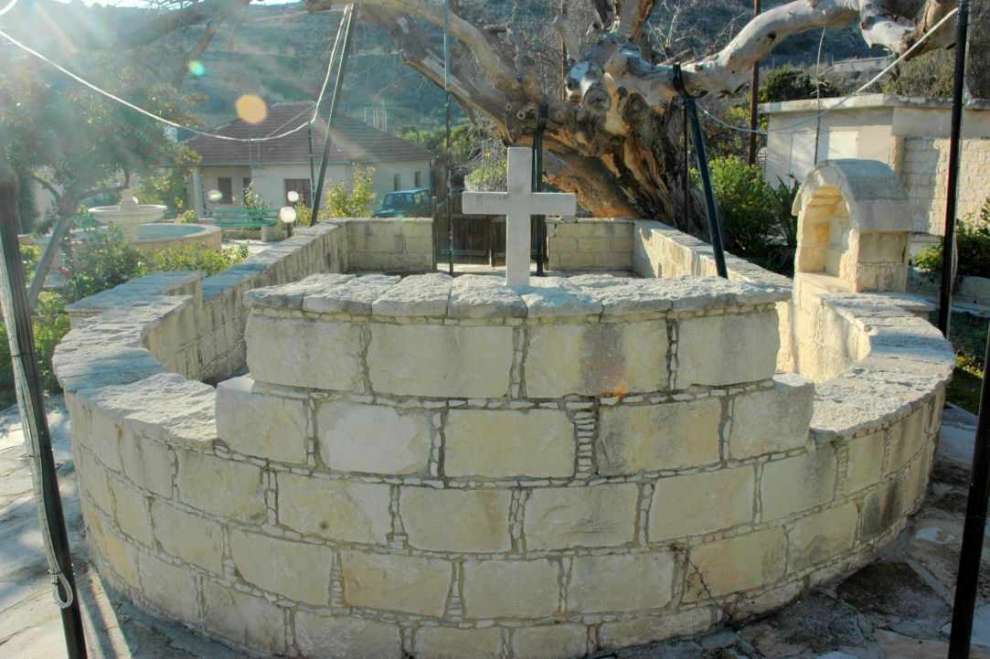
Population:
The population of the village has, over the years, shown various fluctuations. More specifically, in 1881 the village had 335 inhabitants and in 1901 they increased to 361. In 1911 it had 433 inhabitants and in 1921 it increased to 473. In 1931 it decreased to 455 to increase in 1946 to 615. In 1960 it decreased to 581 and since then there has been a constant decrease. By 2011 the village numbered 314 permanent residents. Today, the villagers are estimated at 350.
Occupations and Cultivations:
Most Limnatis inhabitants cultivate almonds, olives, carobs, grains, vines and citrus. Within the community there are large uncultivated areas with wild natural vegetation, mainly from Alder, Platanus trees, wild carob trees, turpentine trees, Myrtus, Pine Trees and Spiny broom.
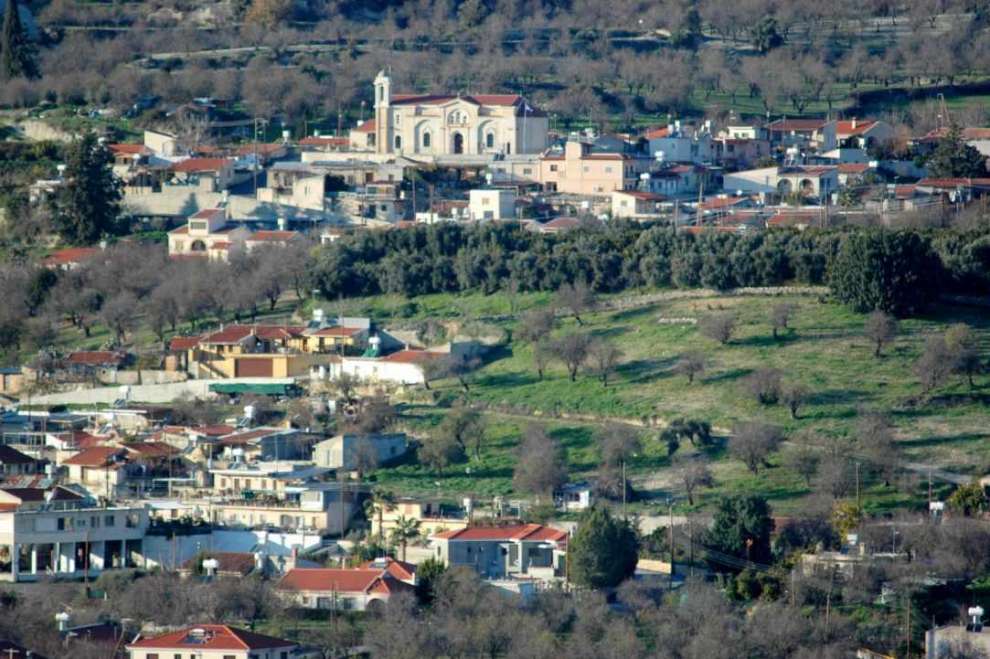
For the map of the area, click HERE

 English
English
 Ελληνικά
Ελληνικά Русский
Русский